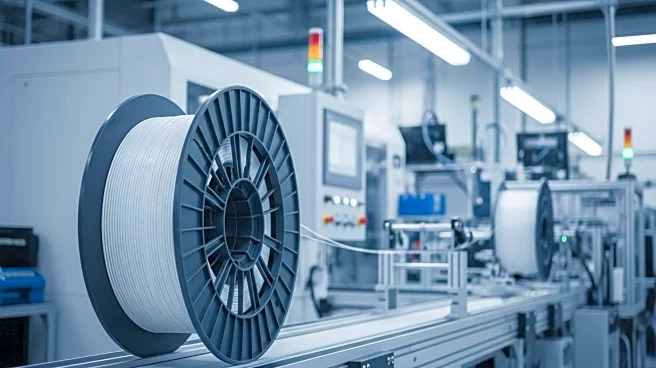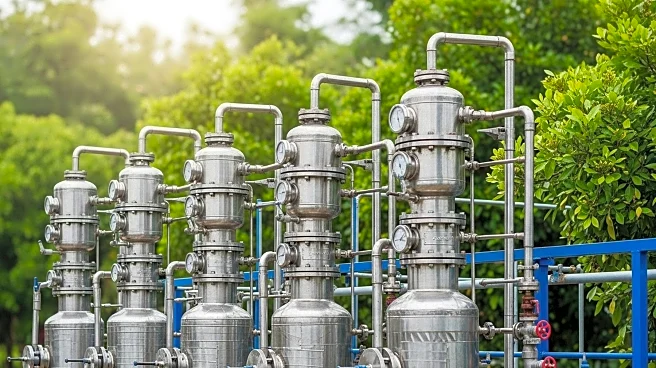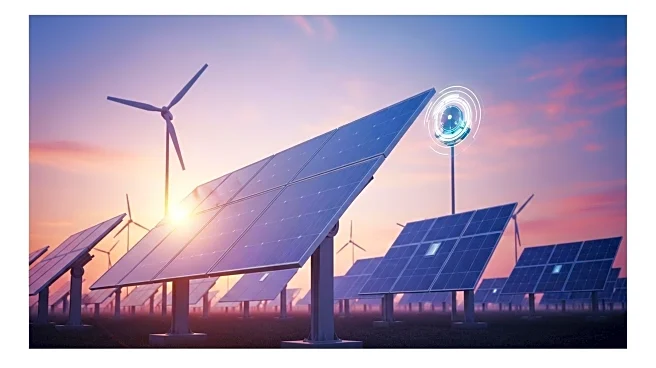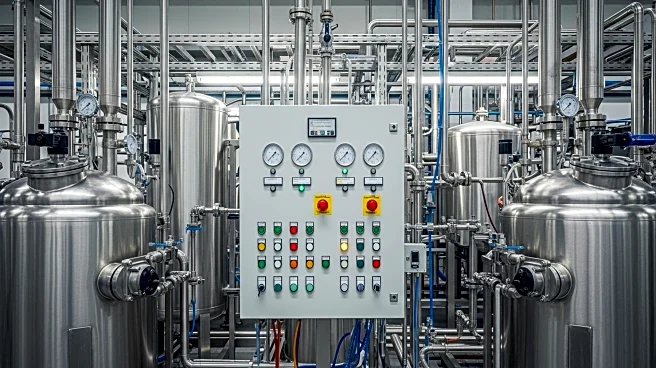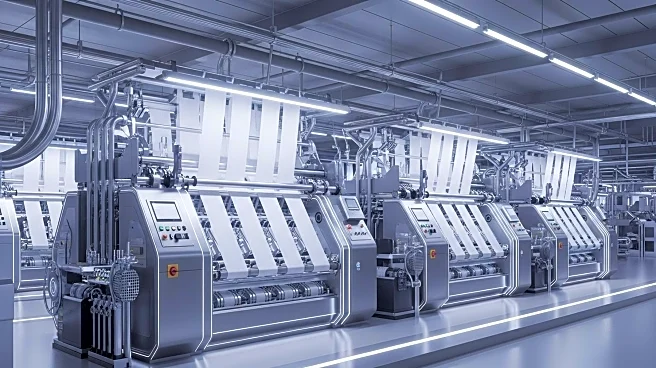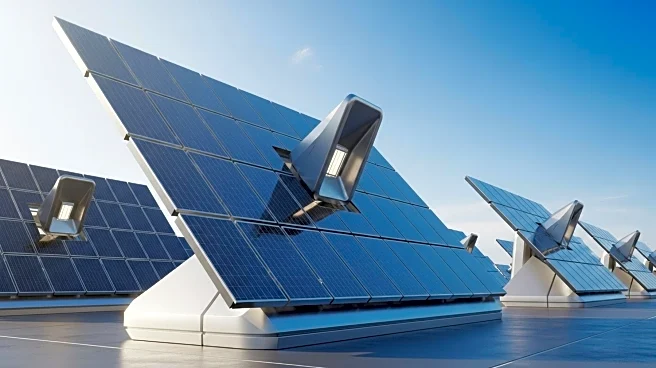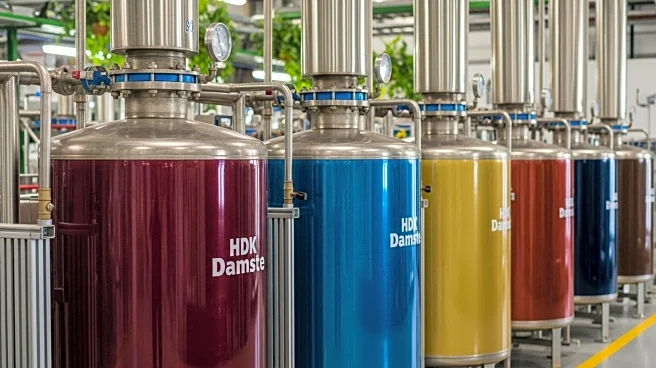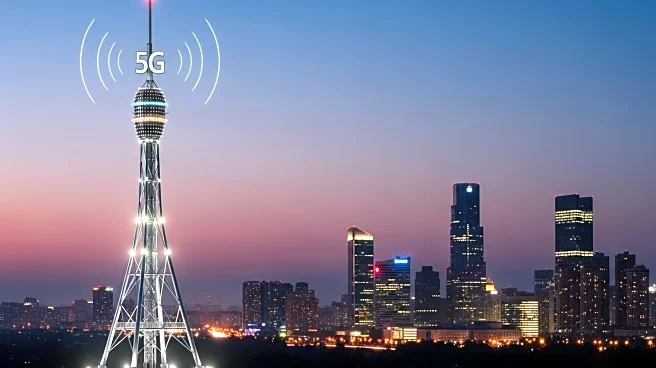What is the story about?
What's Happening?
The fiber optic cable industry is projected to experience significant growth by 2025, driven by the expansion of 5G networks, cloud computing, and increased internet penetration. The demand for high-speed broadband and smart city projects is fueling global investments. Setting up a fiber optic cable manufacturing plant involves establishing a facility equipped with fiber drawing towers, coating machines, cable stranding units, and testing equipment. The process requires high-purity silica, polymers, and advanced machinery. Key considerations include skilled labor, technology integration, quality assurance, and regulatory compliance to ensure efficient, high-quality production. The IMARC Group's report provides a comprehensive roadmap for setting up such a plant, covering market trends, plant setup, machinery, raw materials, investment opportunities, and financial outlook.
Why It's Important?
The growth of the fiber optic cable industry is crucial for supporting the infrastructure needed for modern telecommunications and internet services. As demand for high-speed internet and data centers increases, manufacturers and investors have strong opportunities to capitalize on technological innovations and government initiatives toward digital infrastructure. The setup of manufacturing plants will require significant capital investment and advanced manufacturing technology, impacting economic stakeholders in the telecommunications sector. The industry's expansion is expected to enhance global connectivity, improve communication reliability, and support the development of smart cities.
What's Next?
Investors and manufacturers in the fiber optic cable industry will need to navigate challenges such as high initial capital investment, the need for advanced manufacturing technology, and compliance with safety and quality standards. Managing global supply chain dependencies and market competition will be critical for success. As the industry grows, stakeholders may explore further technological advancements in fiber production and seek government incentives for digital connectivity. The ongoing expansion of 5G and broadband networks will continue to drive demand and investment in the sector.
Beyond the Headlines
The expansion of the fiber optic cable industry may lead to increased competition in global telecommunications markets, potentially affecting pricing and market dynamics. The industry's growth could also influence regulatory policies and standards related to digital infrastructure and connectivity. As manufacturers invest in advanced technology and skilled labor, there may be broader implications for workforce development and training in the sector.
AI Generated Content
Do you find this article useful?
